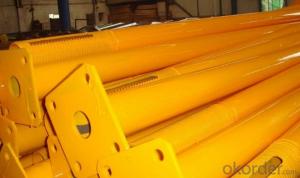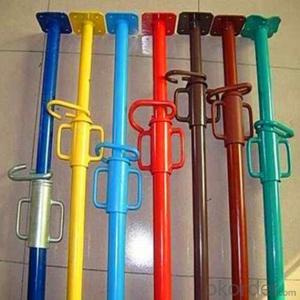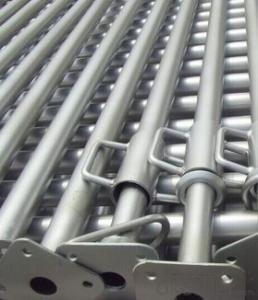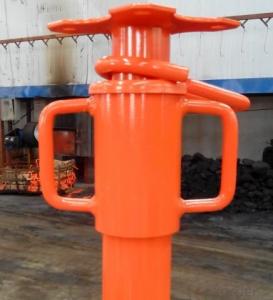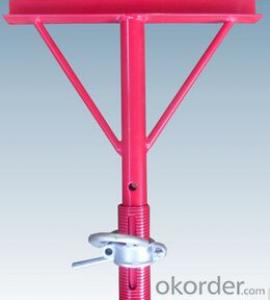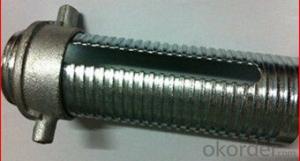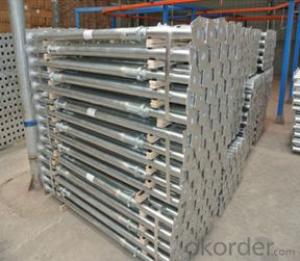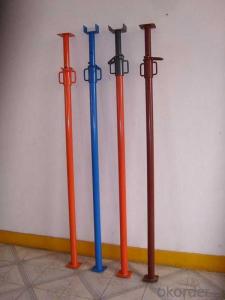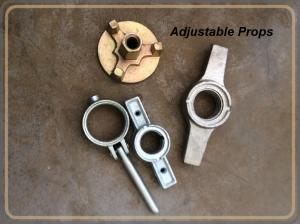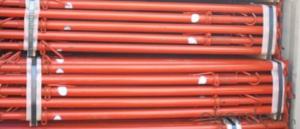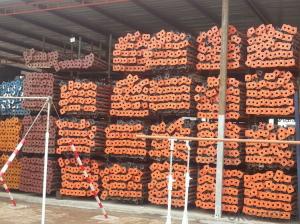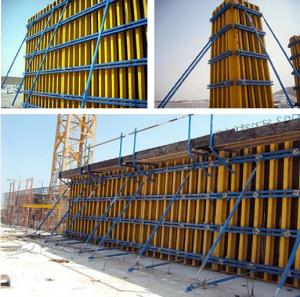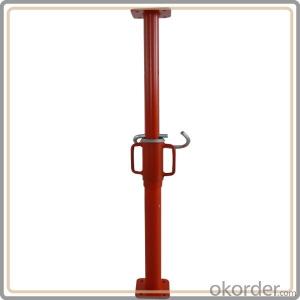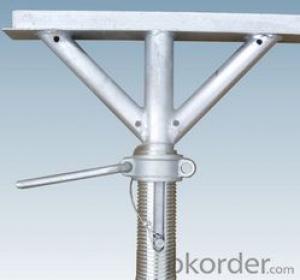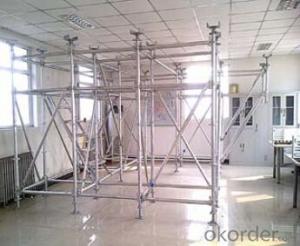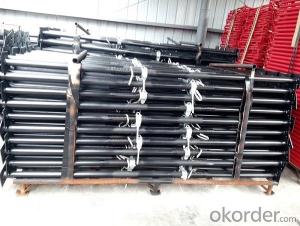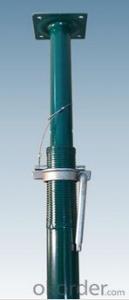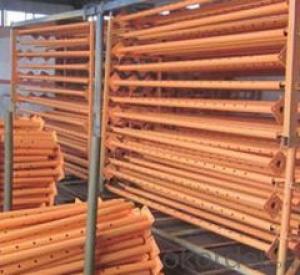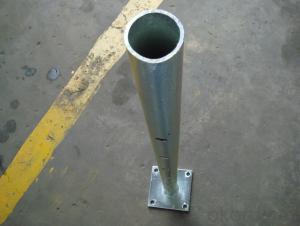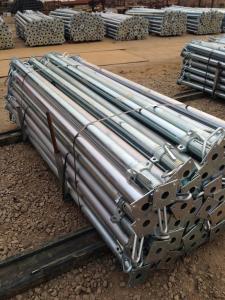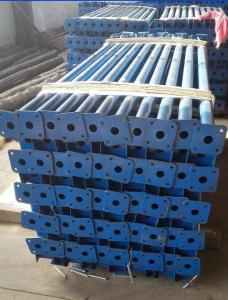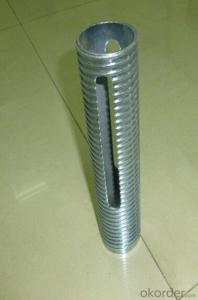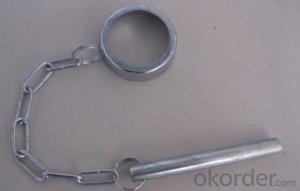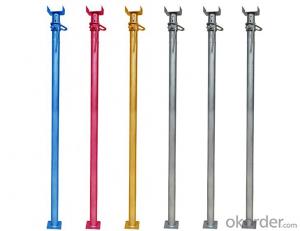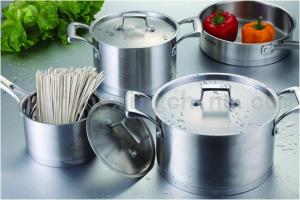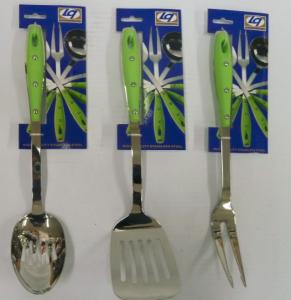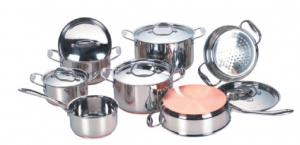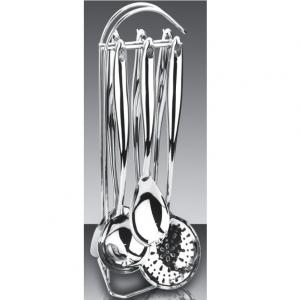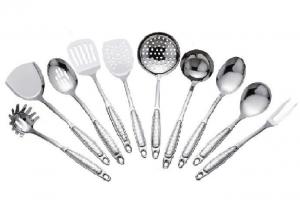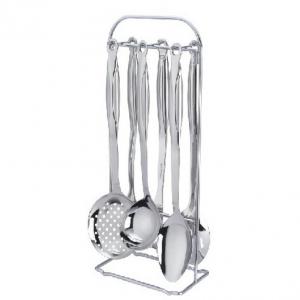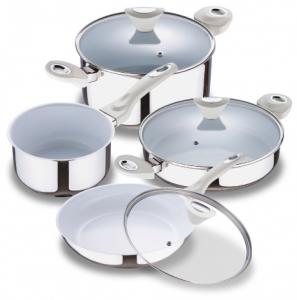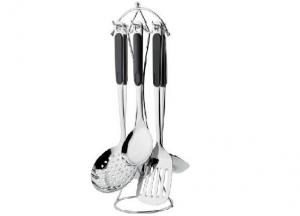Stainless Steel Prop
Stainless Steel Prop Related Searches
High Five Stainless Steel Prop Stainless Steel Strap Stainless Steel Top Stainless Steel Front Door Stainless Steel Primer Stainless Steel Hardware Stainless Steel Post Stainless Steel Cover Stainless Steel Thermo Stainless Steel Fork Stainless Steel Cone Stainless Steel Ap Stainless Steel Roof Stainless Steel Drill Stainless Steel Strut Stainless Steel Scrap Stainless Steel Disc Stainless Steel Fan Stainless Steel Collar Stainless Steel Hoops Price Stainless Steel Stainless Steel Stand Stainless Steel Cap Stainless Steel Drilling Stainless Steel Tap Stainless Steel Mirror Stainless Steel Pressure Vessel Stainless Steel Door Stainless Steel Frame Stainless Steel RodsStainless Steel Prop Supplier & Manufacturer from China
Stainless Steel Props are a type of structural support made from high-quality stainless steel materials, designed to provide stability and reinforcement in various construction and engineering projects. These props are known for their durability, corrosion resistance, and strength, making them an ideal choice for a wide range of applications.The Stainless Steel Prop finds its application in numerous scenarios, such as in the construction of buildings, bridges, and other infrastructure projects. They are used to support and stabilize structures during the construction phase, ensuring the safety and integrity of the project. Additionally, these props are also utilized in the maintenance and repair of existing structures, providing temporary support while repairs are being carried out.
Okorder.com is a leading wholesale supplier of Stainless Steel Props, boasting a large inventory that caters to the diverse needs of various industries. With a commitment to quality and customer satisfaction, Okorder.com ensures that their Stainless Steel Props meet the highest industry standards, providing reliable and efficient solutions for construction and engineering projects worldwide.
Hot Products
